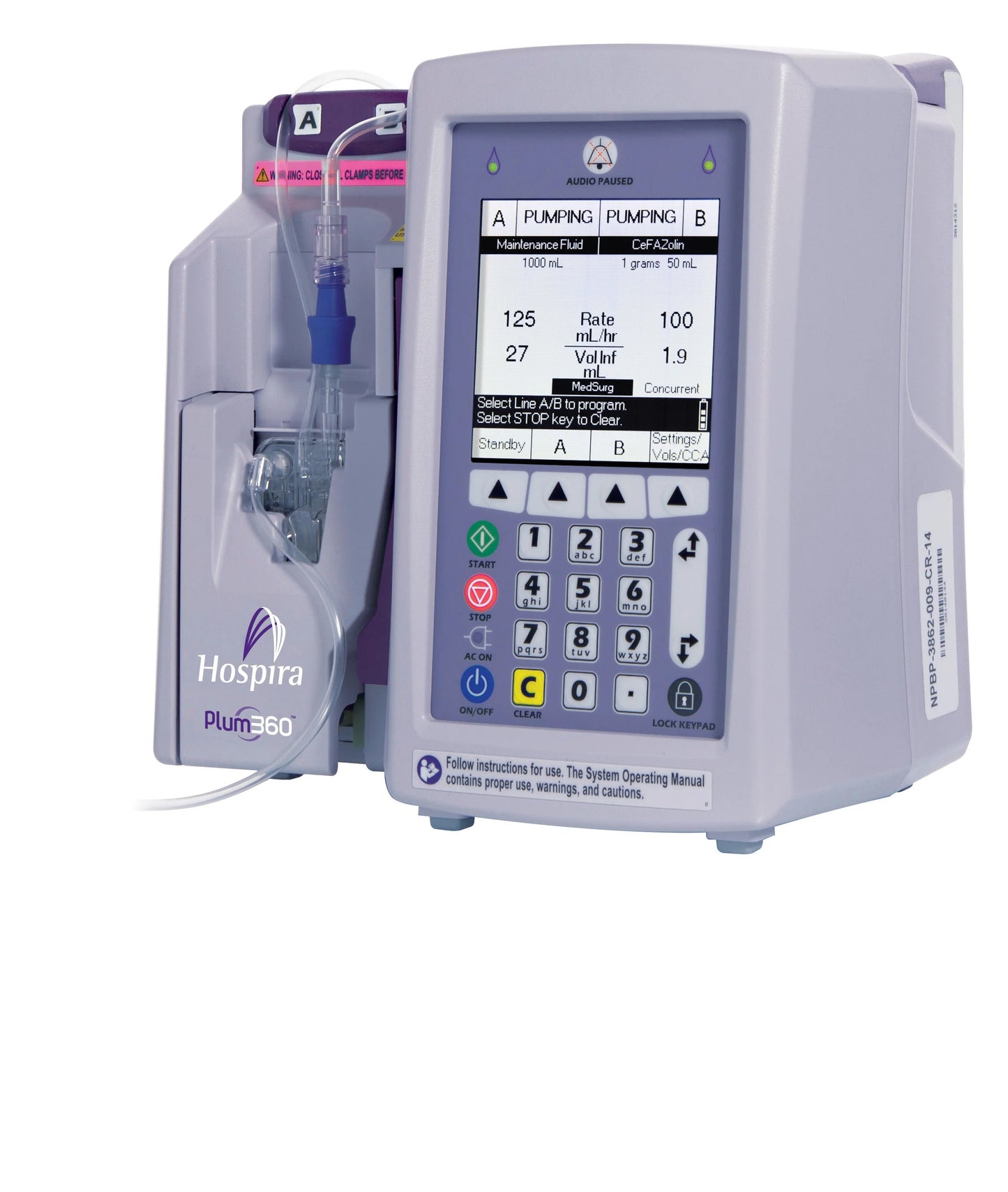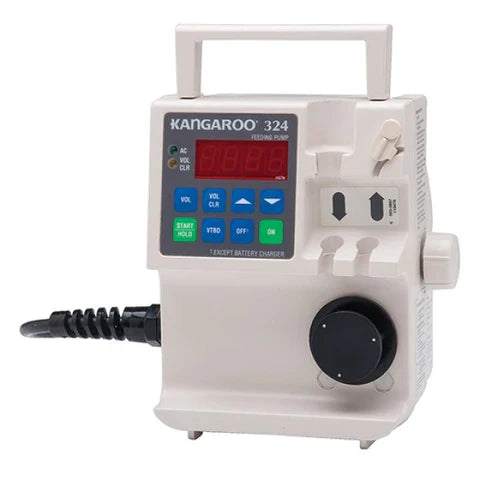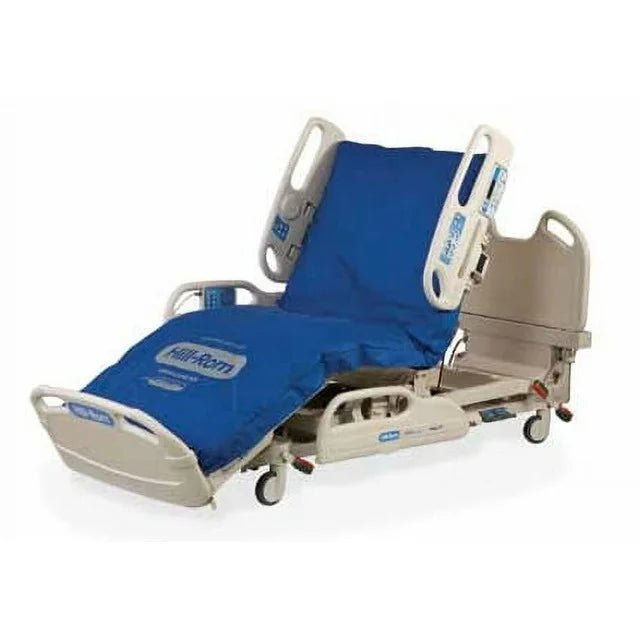
In the field of healthcare, precision and accuracy are paramount, particularly when it comes to the administration of medications and intravenous fluids. Infusion pump calculators and drip rate calculators have emerged as indispensable tools, ensuring the safe and precise delivery of fluids and medications to patients. In this article, we explore the significance of these calculators and the numerous benefits they bring to the healthcare setting.
Infusion Pump Calculators: Ensuring Accurate Medication Delivery
Infusion pump calculators are specialized tools that healthcare professionals use to accurately program and calibrate infusion pumps. These calculators are essential for several reasons:
- Dosage Precision: Infusion pumps allow for the controlled and continuous administration of medications, making them ideal for critical situations where precise dosages are imperative. Calculators help ensure the prescribed dose is administered correctly, minimizing the risk of underdosing or overdosing.
- Customization: Different medications require varying infusion rates and concentrations. Infusion pump calculators enable healthcare providers to customize treatment plans for individual patients, ensuring that the therapy aligns with their unique needs and conditions.
- Improved Patient Safety: Human errors in medication administration can have dire consequences. Infusion pump calculators reduce the likelihood of manual calculation errors, contributing to enhanced patient safety.
- Time Efficiency: Calculating infusion rates manually can be time-consuming, particularly when dealing with complex drug regimens. Infusion pump calculators streamline the process, allowing healthcare providers to focus on patient care rather than intricate calculations.
Drip Rate Calculators: Precision in Intravenous Fluid Administration
Drip rate calculators are another essential tool used in healthcare settings, particularly for administering intravenous (IV) fluids. These calculators ensure that IV fluids are delivered at the correct rate, considering factors such as the patient's weight, fluid type, and desired infusion duration. Here are the key benefits of drip rate calculators:
- Tailored Fluid Administration: Patients have varying fluid needs based on their medical condition, age, and weight. Drip rate calculators allow healthcare professionals to customize fluid administration, helping maintain the patient's fluid balance and electrolyte levels.
- Preventing Fluid Overload: Incorrect IV fluid rates can lead to fluid overload, which can be dangerous, particularly for patients with heart or kidney conditions. Drip rate calculators help avoid this complication by accurately determining the infusion rate.
- Efficiency in Emergency Care: In critical situations, such as trauma or surgery, time is of the essence. Drip rate calculators enable healthcare providers to calculate and set the required infusion rate swiftly, ensuring timely and accurate fluid resuscitation.
- Reduced Nursing Workload: Automated drip rate calculation reduces the burden on nursing staff, allowing them to focus on other aspects of patient care, including monitoring vital signs and providing emotional support.
Integration of Technology
In recent years, technological advancements have further enhanced the capabilities of infusion pump calculators and drip rate calculators. Many healthcare facilities now use infusion pumps with built-in calculators and integrated electronic health records (EHR) systems. These technological innovations improve workflow efficiency, enhance patient safety, and facilitate seamless communication among healthcare providers.
Infusion pumps and drip rate calculators are indispensable tools in modern healthcare, ensuring that medications and intravenous fluids are administered accurately and safely. Their benefits extend to patients, healthcare providers, and the healthcare system by reducing errors, enhancing efficiency, and improving patient outcomes. As technology continues to evolve, these calculators will play an even more significant role in advancing the quality and precision of healthcare delivery.




